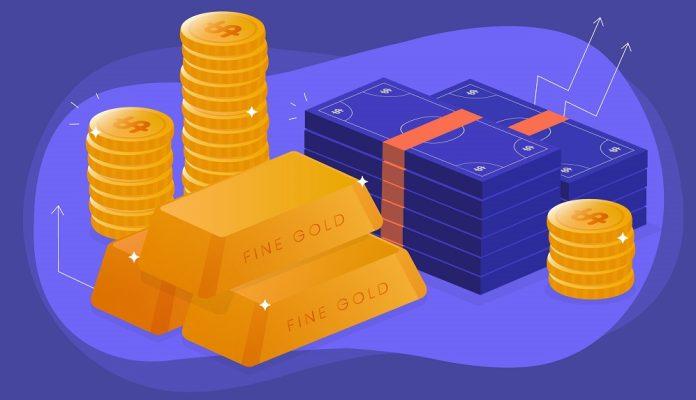Introduction
In the world of finance and investment, few assets capture the imagination and intrigue quite like gold. Its timeless allure has made it a symbol of wealth and stability for centuries. The movement of gold prices is a subject of immense interest for investors, economists, and individuals alike. This article delves into the realm of gold price forecasting, exploring the various factors, methods, and analyses that contribute to understanding and predicting the price of gold.
Understanding Gold Prices
Gold, often referred to as “the precious metal,” has held intrinsic value across cultures and civilizations. The dynamics of gold prices are shaped by a multitude of factors that influence supply, demand, and market sentiment. Investors often turn to gold during times of economic uncertainty or market volatility, viewing it as a safe-haven asset. The relationship between gold and other financial instruments further highlights its importance in the global economy.
Factors Influencing Gold Prices
Several key factors contribute to the fluctuation of gold prices:
- Supply and Demand Dynamics: The availability of gold, both from mining and recycling, plays a significant role in determining its price. Changes in demand, influenced by economic conditions, investor sentiment, and geopolitical events, can lead to price fluctuations.
- Interest Rates and Monetary Policy: Gold competes with interest-bearing assets like bonds. When interest rates rise, the opportunity cost of holding non-interest-bearing assets like gold increases, potentially leading to lower demand and lower prices.
- Inflation and Deflation: Gold is often considered a hedge against inflation. During times of rising inflation, investors may turn to gold to preserve their purchasing power.
- Currency Strength: As gold is priced in US dollars, changes in the strength of the dollar relative to other currencies can impact its price.
- Geopolitical Events: Geopolitical tensions, conflicts, and global events can create uncertainty and drive demand for safe-haven assets like gold.
Historical Trends and Analysis
Analyzing historical trends in gold prices provides valuable insights into its behavior over time. Gold has experienced periods of remarkable price surges, often linked to economic crises or geopolitical unrest. Examining historical data allows experts to identify patterns and correlations that can aid in making informed forecasts.
Forecasting Methods for Gold Prices
Predicting the future price of gold is a complex endeavor, often requiring a combination of quantitative and qualitative approaches. Several forecasting methods are commonly employed:
- Technical Analysis: This approach involves studying past price movements, trading volume, and other market indicators to predict future price trends.
- Fundamental Analysis: Fundamental factors, such as economic indicators, interest rates, and inflation rates, are considered to assess the intrinsic value of gold.
- Sentiment Analysis: Monitoring market sentiment through news articles, social media, and expert opinions can offer insights into how market participants perceive gold’s prospects.
Technical Analysis for Gold Price Forecast
Technical analysis employs various tools and techniques to forecast gold prices:
- Moving Averages: Moving averages smooth out price data over a specific period, revealing trends and potential reversal points.
- Relative Strength Index (RSI): RSI measures the magnitude of recent price changes to evaluate overbought or oversold conditions.
- Bollinger Bands: These bands indicate volatility and potential price breakouts based on standard deviations from the moving average.
Fundamental Analysis: Economic Factors
Fundamental analysis takes into account economic variables that impact gold prices:
- Interest Rates: Changes in interest rates can affect the opportunity cost of holding gold.
- Inflation Rates: Gold is often seen as a hedge against inflation, so higher inflation rates can drive up its price.
- GDP Growth: Economic growth can influence industrial demand for gold, affecting its price.
Geopolitical Events and Gold Prices
Geopolitical events have a notable impact on gold prices:
- Global Tensions: Wars, conflicts, and political instability can create a flight to safety, boosting gold’s demand and price.
- Trade Relations: Changes in international trade agreements can lead to uncertainty in financial markets and increase gold’s appeal.
Expert Opinions and Market Sentiment
Expert opinions and market sentiment play a crucial role in shaping gold price forecasts:
- Analyst Forecasts: Financial experts and analysts provide insights based on their understanding of economic trends and global events.
- Investor Sentiment: The behavior and sentiment of investors can influence short-term price movements.
Conclusion
In the dynamic world of finance, understanding and predicting gold prices is a multifaceted challenge. The intricate interplay of economic, geopolitical, and market factors shapes the price of this precious metal. Through technical and fundamental analysis, as well as an awareness of historical trends and expert opinions, investors
